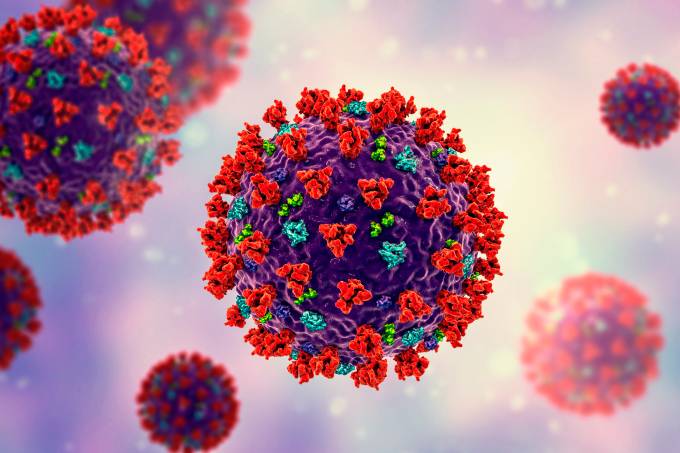Protocol Detail


DEEP VEIN THROMBOSIS
Deep vein thrombosis (DVT) occurs when a blood clot (thrombus) forms in one or more of the deep veins in your body, usually in your legs. Deep vein thrombosis can cause leg pain or swelling, but also can occur with no symptoms.
Diagnosis
Assessement of the painful swollen calf is difficult
Clinical examination is unrealibale.
Stratification of risk in combination with D-Dimers determines further investigations needed.
Risk stratification (Wells criteria):
Score 1 point for each of:
· Active cancer within last 6 months,
· Paralysis, paresis or recent POP,
· Localised bedridden >3 days or surgery with 12 weeks,
· Localized tenderness along deep venous system,
· Entire leg swollen,
· Calf swelling >3cm bigger than other (10cm below tibial tuberosity),
· Pitting oedema confined to symptomatic leg,
· Collateral superficial veins.
· Take 2 points off if alternative diagnosis more likely.
Total Risk Score: 0+ Low Risk, 1-2= Moderate Risk, >3= High Risk
Management
1. Low Risk:
· Check D-Dimer.
· If negative no anticoagulation required.
· If positive treat as high risk.
2. Moderate or High Risk:
· ALL need serial duplex ultrasound scanning.
· If USS negative no anticoagulation required, if positive anticoagulate as below.
· All negative ultrasound scans should be repeated after 1 week.
3. Baseline FBC, U&E’s, LFT’s, Coag.Profile.
4. Consider proagulant screen in all patients with no obvious reason for developing a DVT (must be perfomed prior to starting anticoagulation).
5. CXR (partly to exclude occult malignancy).
6. Above Knee DVT:
· TED stockings,
· Clexane 1mg/kg BD until INR > 2,
· Warfarinise ,
· Anticoagulation should generally continue for 3 months.
7. Below Knee DVT:
· TED stockings,
· Clexane 1 mg/kg Daily for 1 week
· Repeat ultrasound scan in & if findings unchanged stop treatment if progressed
treat as for above knee DVT.
RISKS FOR PULMONARY EMBOLISM
· Clinical signs & symptoms of DVT Score 3 points,
· Alternative diagnosis less likely Score 3 points,
· Heart rate>100 bmp Score 1.5 points,
· Immobilization >3/7 or surgery in last 4/52 Score 1.5 points,
· Previous PE or DVT Score 1.5 points,
· Haemoptysis Score 1 point,
· Malignancy in the last 6/12 Score 1 point
A score of >4 points implies high risk for likelihood of Pulmonary Embolism & CT Pulmonary
Angiography should be performed.









